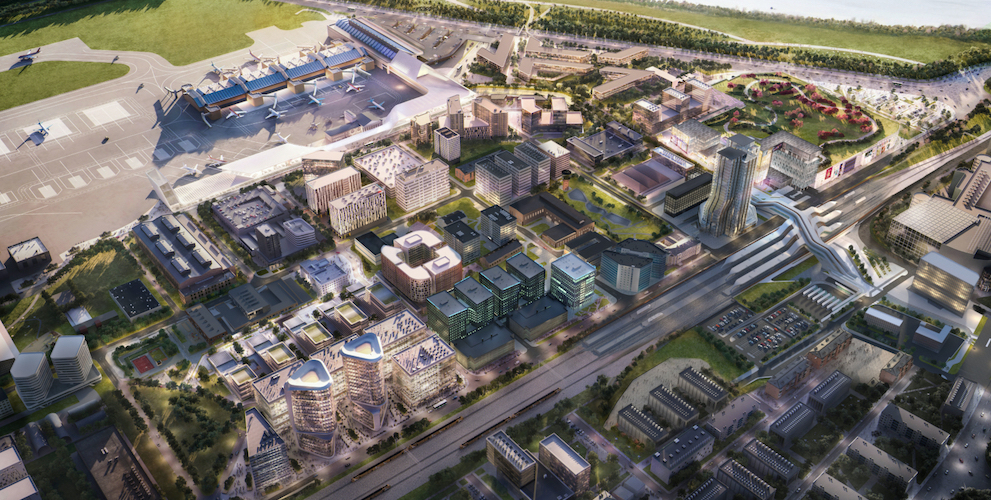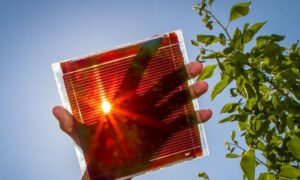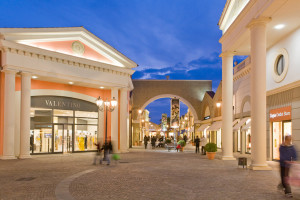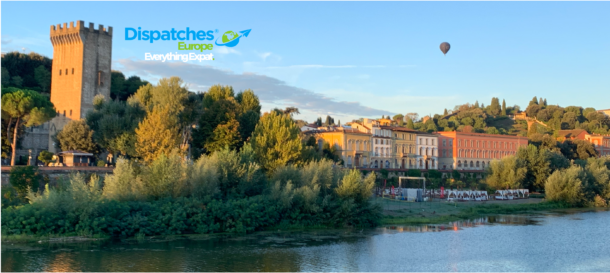(Editor’s note: This post about Ülemiste City is part of our Tech Tuesdays series. We cover tech because so many of our highly skilled internationals are engineers and entrepreneurs. Terry Boyd also contributed to this post.)
Want to test and de-bug your tech innovations in a realistic environment as you’re creating, then perfecting them?
Ülemiste City business park in the Estonian capital has launched Test City, a testing environment in the Nordic and Baltic regions, ready to accommodate companies wanting to put their products and services to the test.
What’s unique about the new TestCity?
The purpose of Ülemiste City – developed into a smart business area from scratch within two decades –is to become a testing platform for new green urban solutions, says Ursel Velve, chief innovation officer of Ülemiste City. “As a compact business environment, we can offer testers access to our infrastructure, our vast community, different support services and our know-how in development,” Velve says.
The resulting synergy between science and business and the smart implementation of new sustainable technologies is what makes Ülemiste the most unique environment in the Nordic region for different testing purposes – the TestCity, she adds.
Velve emphasizes that the newly-launched TestCity, where testing is part and parcel of product development, is paving the way towards an Ülemiste City ecosystem centered around the green transition, health, and smart city innovation.
A varied, abundant selection of services sustained by the real urban environment within a limited area used as a mini-city model makes Ülemiste City stand out from other testing environments of the European North.
Ülemiste Test City, Tallinn and Estonia provide a physical testing environment both at the business campus level and the city level in a compact country managing data and modern technologies required to make leadership decisions and attract talents, according to Velve.
“Test City’s value also lies in bringing together businesses of different sizes and areas of activity, facilitating the creation of new services and business models,” she adds.
What is Ülemiste City?
Shaping the face of a modern district next to Tallinn’s airport, Estonia’s Ülemiste City was envisioned in 2005 as an attractive intellectual environment for talented entrepreneurs who would boost the country’s tech scene and economy. Rooted in a research-based open economy, it quickly became one of the most important actors: Based on the labor tax coming in from business ventures, the contribution of Ülemiste City to the Estonian economy is No. 3 after Tallinn and Tartu.
The total turnover of the 500 companies residing in the business area in 2022 was about 2 billion euros, including one billion in export.
Developed by Mainor Ülemiste and Technopolis Ülemiste in 2005, the City’s 36 hectare- area includes 167,000 meters square of rentable office spaces. On top of that, the area is home to more than 500 businesses and is a work, home and living environment for about 16,000 people (about 15 percent of staff come from about 70 foreign countries).
Now with Test City, Ülemiste takes a new step toward the future.
What kind of companies profit from Test City?
Test City has already been used by several companies interested to test advanced services in a real urban environment.
• Paris-based international parcel delivery company DPD ran a test with robot courier CLEVON 1.
• Auvetech Modern Mobility, a Tallinn-based company that develops autonomous transportation systems, used the campus to test a self-driving demand-based transportation service.
• New York City-based Active Health tested its health management platform, Kone Insight; its building usage statistics service, Ringo; its reusable food packaging service, R8 Technologies; its artificial intelligence-based energy management of buildings, and Fyma, its artificial intelligence-based mobility data solution.
• Dresden-based Skeleton Technologies, a manufacturer and developer of high energy and power density ultracapacitors that allow nearly instant charging of AGVs and shuttles, is also expanding its testing lab in Ülemiste. According to the company’s board member Ants Vill, it aims at testing it’s services more widely all over the country: “We highly value the level of local engineering, which is extremely competitive in the global context today, and we wish that there would be more engineering professionals in Estonia to enable us to create more value through the development and implementation of deep technology to combat global climate change.”
Expect a lot more news from Ülemiste City, a unique test lab that has got it all: a great location, a large business crowd, start-ups and cutting-edge technology. Its impressive potential is palpable and will attract more and more forward-looking international companies, contributing to the changing face of the Estonian capital.
Ülemiste Test City in numbers:
- more than 500 enterprises
- 167 000 m² of office spaces
- 44 226 m² of green areas
- 16,000 people working, studying of living in the area – about 15 percent of staff are from about 70 foreign countries
- The annual turnover of the business area’s enterprises is 2 billion euros
- Over 50 percent of Ülemiste City’s enterprises cooperate with research and development institutions; 70 percent of enterprises develop innovative products and services
- More than one-third of Estonia’s IT-export is produced in Ülemiste City
- 9 successful Test City projects
- The first health technology accelerator Health Founders within the Baltics
––––––––––
Read more about Estonia here in Dispatches’ archives.
Nina Danilova is an art writer and contemporary art curator. She is about to finish her PhD
in Culture Studies. She grew up in Russia and lived in Germany, Estonia, Italy and
Portugal, where she is currently based. She is passionate about history, languages, food,
and dancing.















